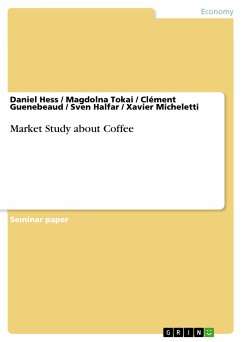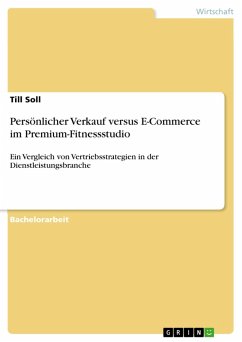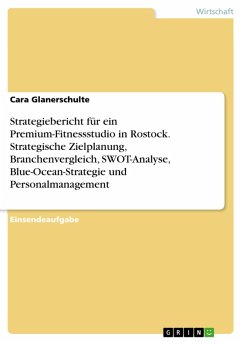Master's Thesis from the year 2006 in the subject Business economics - Offline Marketing and Online Marketing, grade: 1,3, University of Hamburg, language: English, abstract: The thesis is split into six chapters, many with numerous subchapters. Chapter two gives an overview of brand culture in the Food and Beverage, Cosmetic and the Alcohol and Tobacco industries. It starts with an outline of brand history and the character of transitional economies. Before the actual overview of the mentioned industries starts, an explanation about the brand competition is explained. Chapter three focuses on Chinese consumer according to their purchasing decisions, their attitude regarding modernising and westernising, individualism and collectivism and also the differences among regional markets in China. This chapter provides the basis for the following chapters discussing to the Chinese behaviour as well as their attitude toward premium brands and coffee consumption. The chapter four gives the segmentation of Chinese consumers into four key consumer groups according to socio- demographic factors as well as discussing gender aspect. The findings lead to a target group specification, one of which includes premium coffee consumers. Chapter five covers the brand building criteria for a premium brand as well as the legal aspects according to this. The first aspect covering the function of a brand from both the consumer and the company perspective. The model of brand core developments, the brand equity approach and the model of brand nature led to the findings of a brand- driver for the Chinese market as well as some major guidelines for successful branding. There is a paragraph giving additional information about basic economics, legal conditions for foreign investors (including competition law), trade mark law and contract law. The chapter six gives inside information about branding. This includes the brand naming, brand name translation and the brand logo. These aspects have to be seen as one to get complete overview of branding in China and to see the need for brand name translation into Chinese. Additionally, product packaging is also covered.
Dieser Download kann aus rechtlichen Gründen nur mit Rechnungsadresse in A, B, BG, CY, CZ, D, DK, EW, E, FIN, F, GR, HR, H, IRL, I, LT, L, LR, M, NL, PL, P, R, S, SLO, SK ausgeliefert werden.









